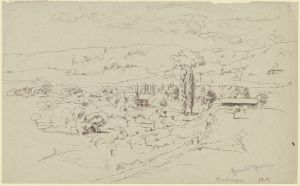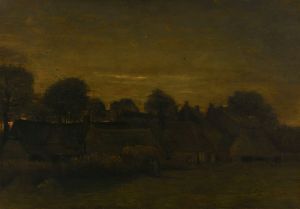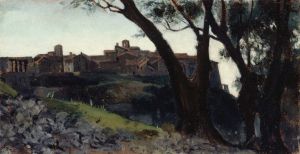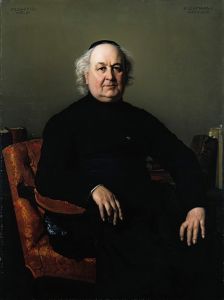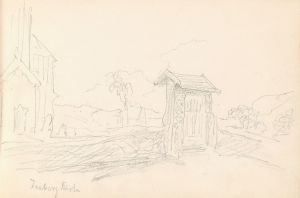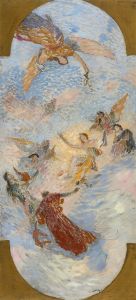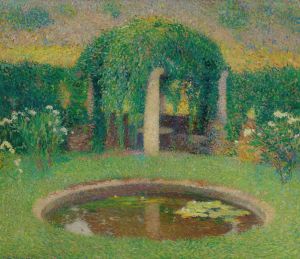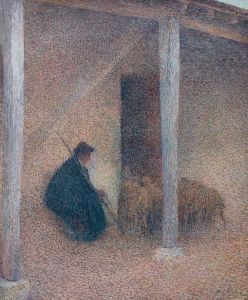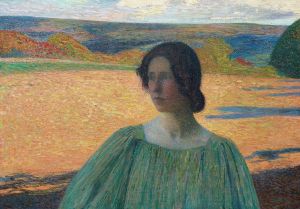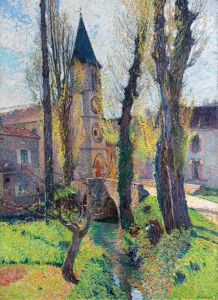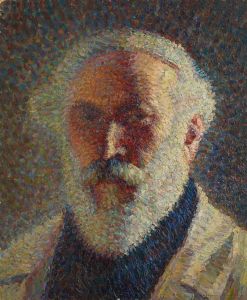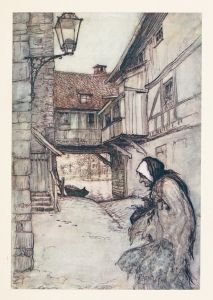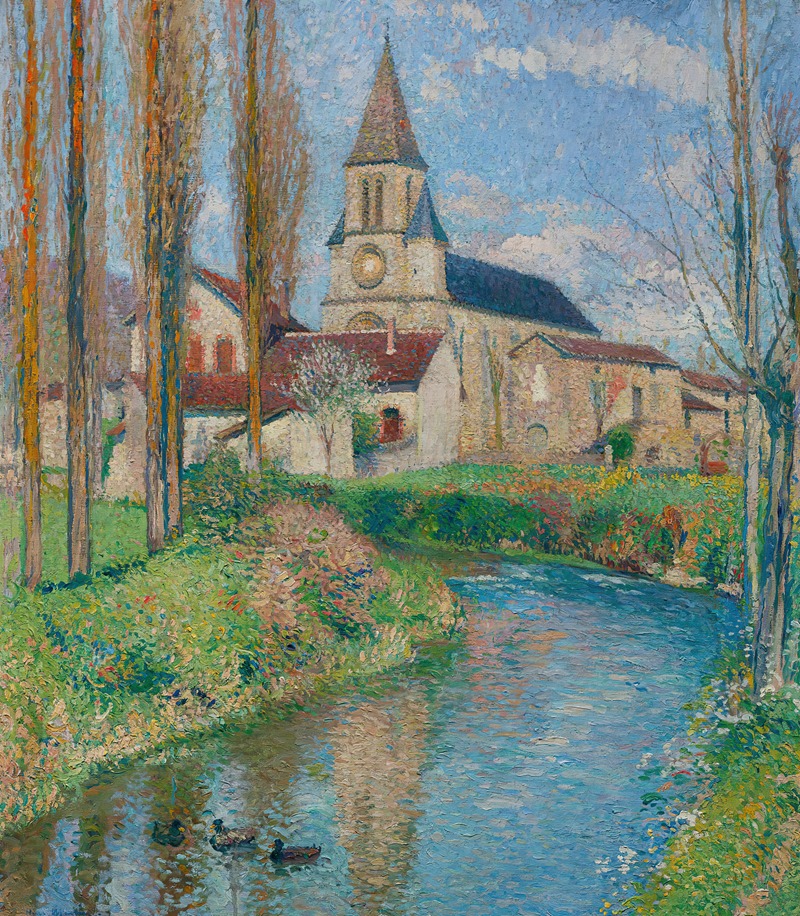
L’eglise De Labastide-Du-Vert
A hand-painted replica of Henri Martin’s masterpiece L’eglise De Labastide-Du-Vert, meticulously crafted by professional artists to capture the true essence of the original. Each piece is created with museum-quality canvas and rare mineral pigments, carefully painted by experienced artists with delicate brushstrokes and rich, layered colors to perfectly recreate the texture of the original artwork. Unlike machine-printed reproductions, this hand-painted version brings the painting to life, infused with the artist’s emotions and skill in every stroke. Whether for personal collection or home decoration, it instantly elevates the artistic atmosphere of any space.
Henri Martin (1860-1943) was a prominent French painter associated with the Post-Impressionist movement. Known for his vibrant use of color and light, Martin's works often depicted serene landscapes and idyllic scenes of rural France. One of his notable paintings is "L’eglise De Labastide-Du-Vert," which translates to "The Church of Labastide-du-Vert."
"L’eglise De Labastide-Du-Vert" captures the essence of the small village of Labastide-du-Vert, located in the Lot department in southwestern France. The painting showcases the village church, a central and historical landmark in the community. Martin's depiction of the church and its surroundings reflects his mastery in portraying the tranquil and picturesque qualities of the French countryside.
Henri Martin's technique in this painting is characterized by his use of pointillism, a method involving the application of small, distinct dots of color that blend together when viewed from a distance. This technique, which he adapted from the Neo-Impressionists, allowed him to create a luminous and shimmering effect, enhancing the natural beauty of the scene.
The composition of "L’eglise De Labastide-Du-Vert" is carefully balanced, with the church positioned slightly off-center, drawing the viewer's eye towards it while also allowing the surrounding landscape to play a significant role in the overall aesthetic. The lush greenery, the play of light and shadow, and the serene atmosphere are all hallmarks of Martin's style, emphasizing his deep appreciation for nature and rural life.
Henri Martin spent a considerable amount of time in the Lot region, where he found inspiration in the landscapes and the simple, yet profound, beauty of the area. His connection to the region is evident in the authenticity and affection with which he rendered scenes like "L’eglise De Labastide-Du-Vert." The painting not only serves as a visual record of the village but also as a testament to Martin's ability to capture the spirit of a place through his art.
Throughout his career, Martin received numerous accolades and recognition for his contributions to French art. He was awarded the prestigious Legion of Honor and his works were exhibited in major galleries and museums. Today, Henri Martin's paintings, including "L’eglise De Labastide-Du-Vert," continue to be celebrated for their beauty, technical skill, and the emotional resonance they evoke.
In summary, "L’eglise De Labastide-Du-Vert" by Henri Martin is a quintessential example of the artist's ability to depict the serene and picturesque qualities of rural France. Through his use of pointillism and his keen eye for composition, Martin created a work that not only captures the physical beauty of the village church but also conveys a sense of peace and timelessness that continues to resonate with viewers.





